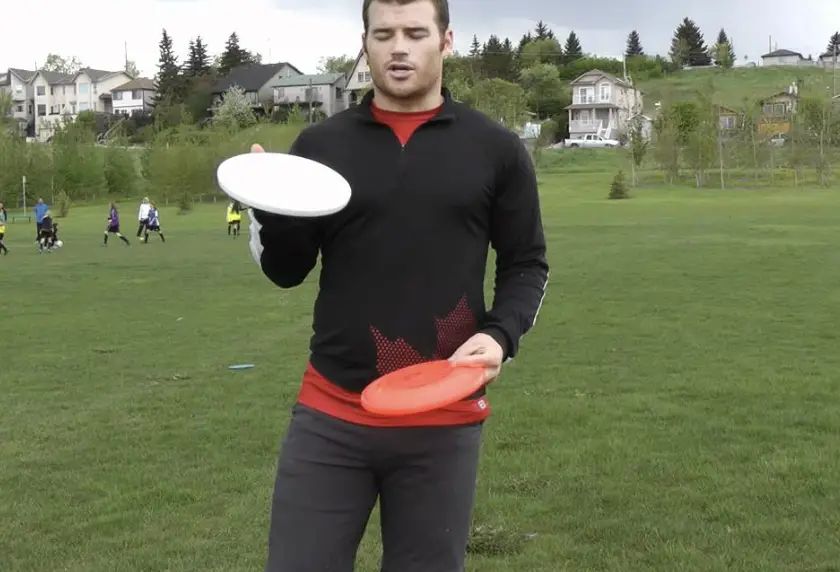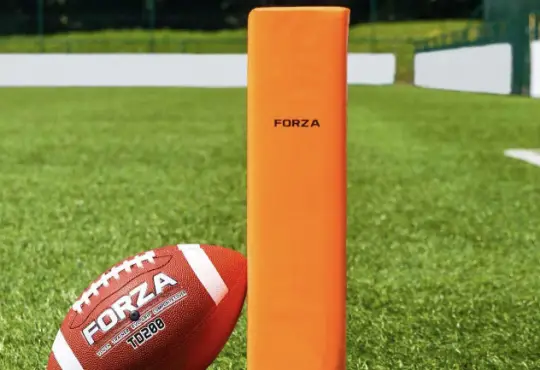
Flying Discs and Fairways: Exploring the World of Disc Golf
Imagine a sport that combines the thrill of golf with the excitement of throwing and navigating flying discs. Welcome to the captivating realm of disc golf, a rapidly growing activity that brings together elements of precision, strategy, and outdoor recreation. In this blog post, we’ll delve into the fascinating world of disc golf, exploring its origins, rules, equipment, and the unique experience it offers to enthusiasts of all ages.
What is Disc Golf?
Disc golf, often referred to as “Frisbee golf,” is a sport played similarly to traditional golf but with a flying disc (frisbee) instead of a ball and clubs. The objective is to complete a course in the fewest throws, aiming to land the disc in a designated target—typically a metal basket with hanging chains. Just like golf, players strive to complete each hole using the fewest throws possible, navigating through trees, terrain, and obstacles along the fairways.
Origins and Growth
Disc golf traces its origins back to the 1960s, when it was introduced by a group of recreational enthusiasts in California. The sport’s popularity grew steadily over the decades, and today, it has a global presence with courses spanning various landscapes, from parks and forests to urban settings. Disc golf has gained a reputation as an inclusive and accessible activity, attracting players of all ages and skill levels.
Rules of Disc Golf
While disc golf shares similarities with traditional golf, it has its own set of rules and guidelines. Here’s a brief overview:
- Tee Throws: Players start from a designated tee area and aim to reach the target with the fewest throws.
- Fairway Throws: After the initial throw, players continue throwing from where their disc lands until it eventually reaches the target.
- Scoring: The player with the lowest number of throws at the end of the round wins. Each hole has a par score that represents the number of throws an expert player is expected to take to complete it.
- Obstacles and Penalties: Just like golf, disc golf courses may have trees, water hazards, and other obstacles. Players who land out of bounds or in hazardous areas receive penalty strokes.
Equipment
Disc golf requires minimal equipment, making it accessible and budget-friendly for newcomers. The two primary pieces of equipment are:
- Discs: Discs come in different styles and are designed for specific types of throws. Drivers, mid-range discs, and putters each serve different purposes in a player’s strategy.
- Targets: The target, often called a “basket,” consists of hanging chains and a basket-like structure. Players aim to land their discs in the basket to complete each hole.
Benefits and Appeal
Disc golf offers a range of benefits and appeals to a diverse audience:
- Outdoor Recreation: Disc golf allows players to enjoy the outdoors, exploring natural settings while engaging in physical activity.
- Community and Social Interaction: Disc golf fosters a sense of community among players, often leading to friendly competitions and social gatherings.
- Skill Development: Mastering different types of throws and navigating varied terrains enhances players’ hand-eye coordination and strategic thinking.
- Affordability: Compared to traditional golf, disc golf requires minimal investment in equipment, making it accessible to individuals of all backgrounds.
Conclusion: A Flight of Fun and Skill
Disc golf combines athleticism, strategy, and the joy of being outdoors in a unique and exciting way. Whether you’re a seasoned player or new to the sport, disc golf offers a refreshing perspective on traditional golf, showcasing the versatility of flying discs and the thrill of aiming for that perfect throw. So, the next time you’re seeking a dynamic and enjoyable outdoor activity, consider stepping onto the disc golf course and experiencing the exhilarating flight of discs and fairways.






